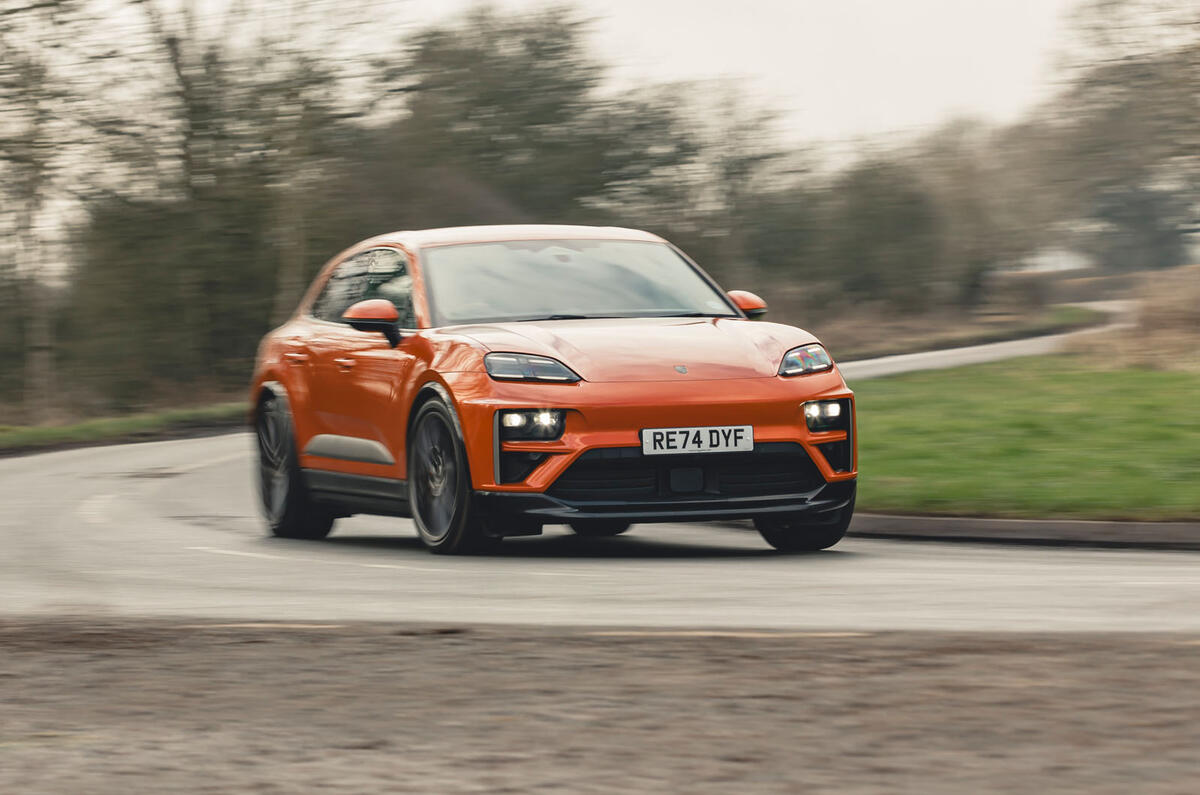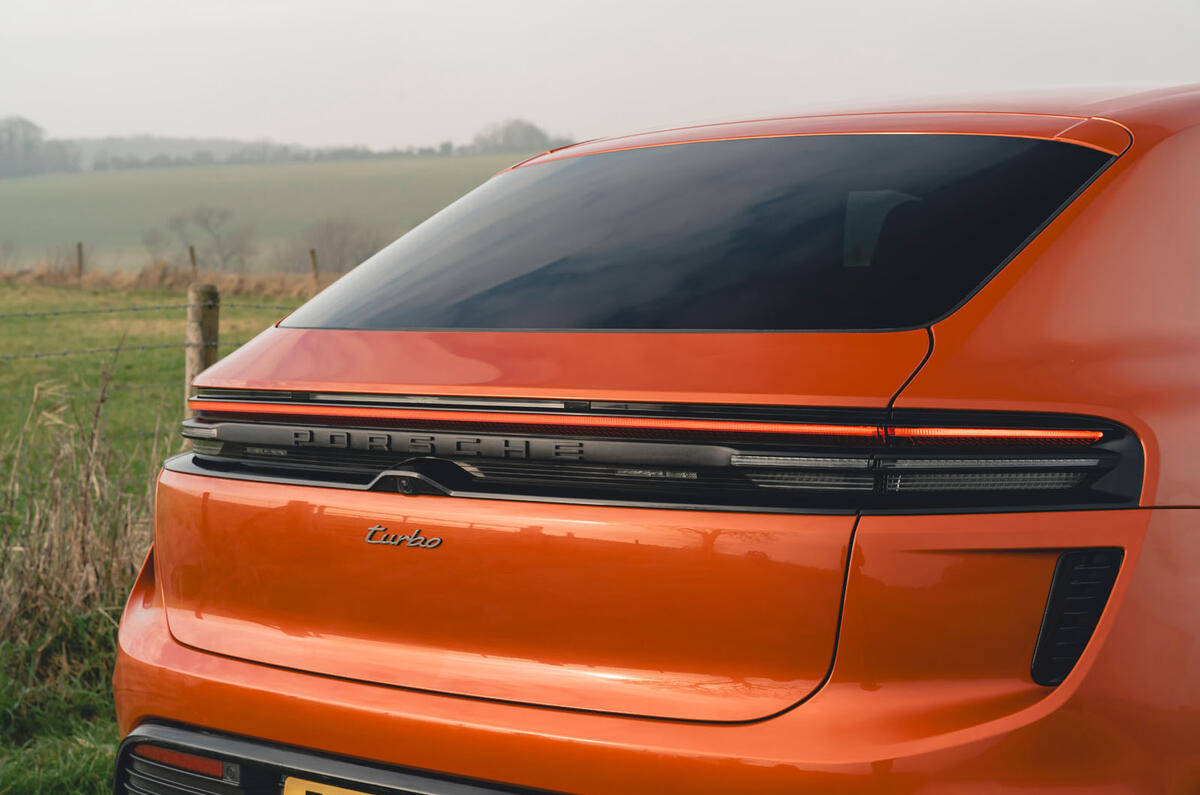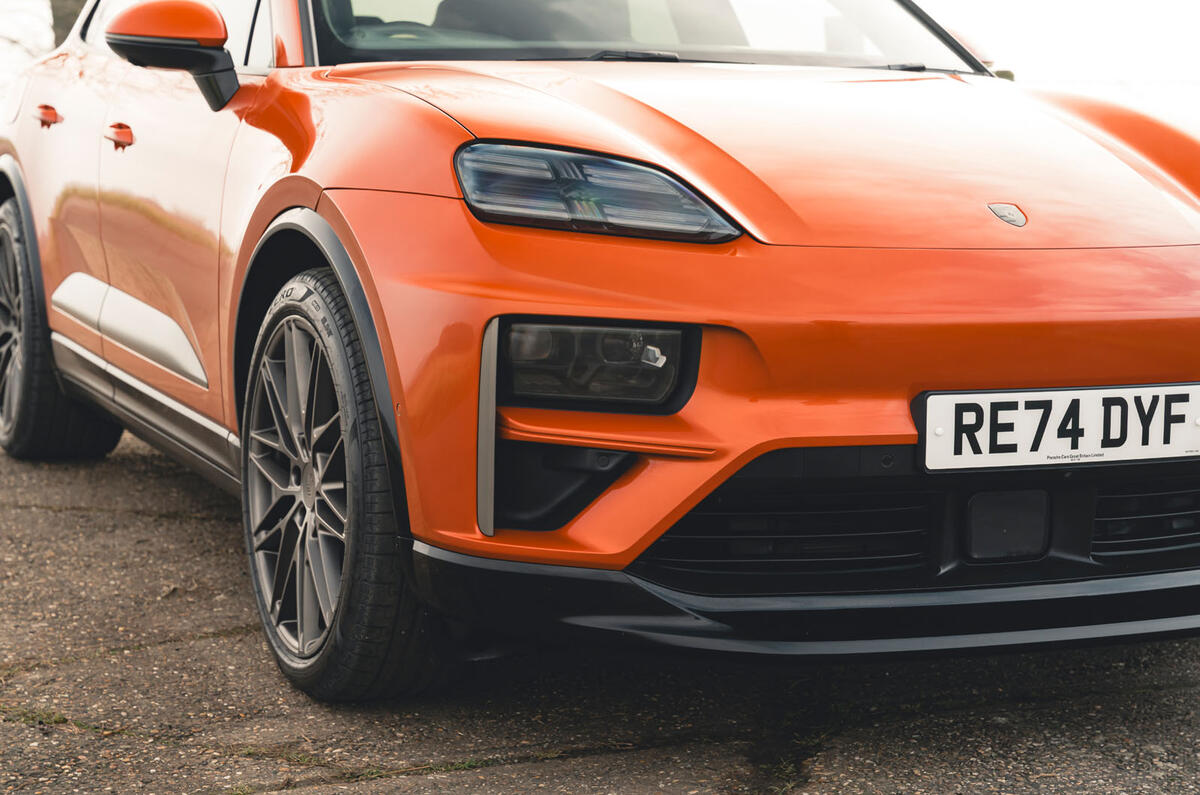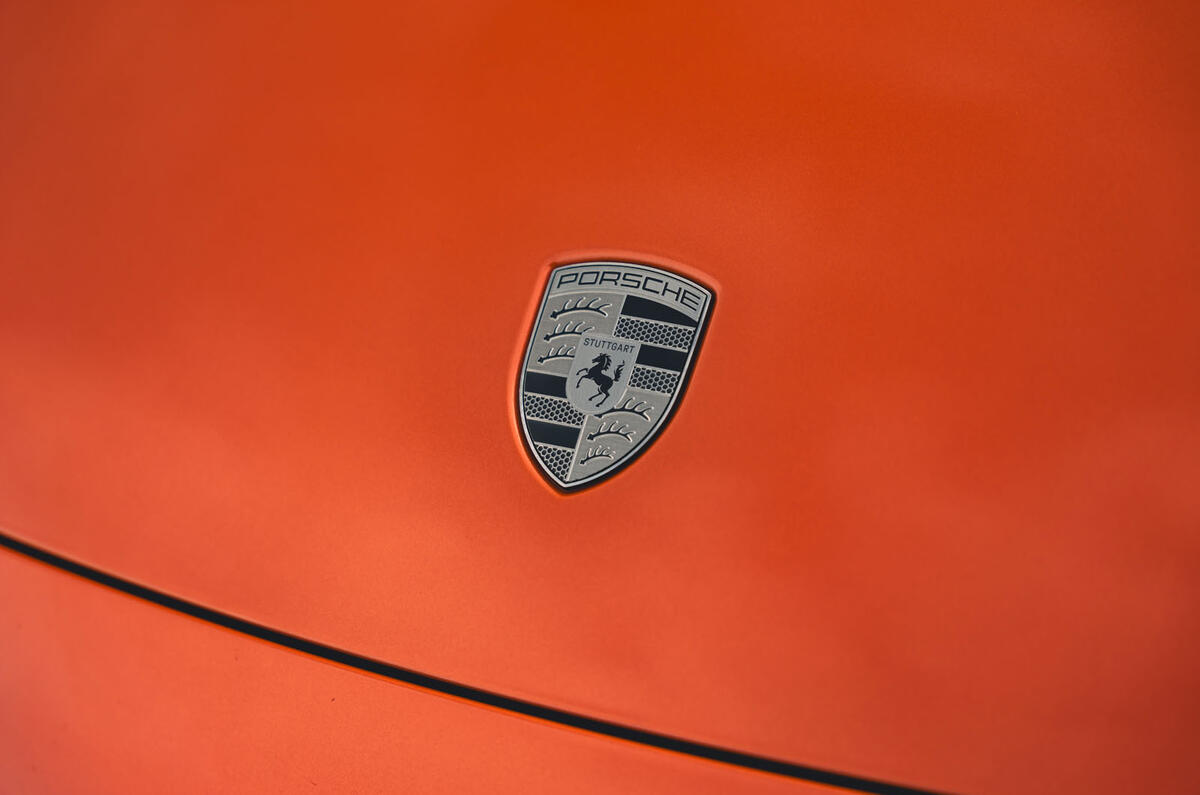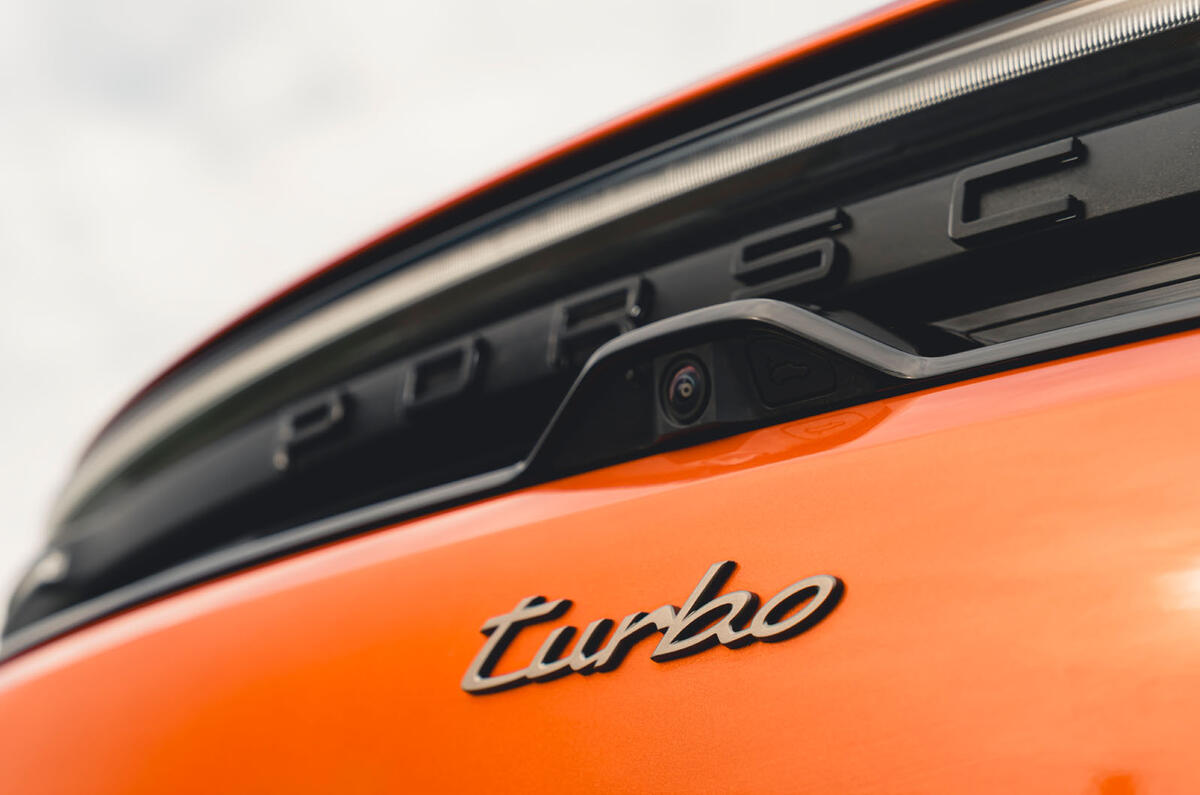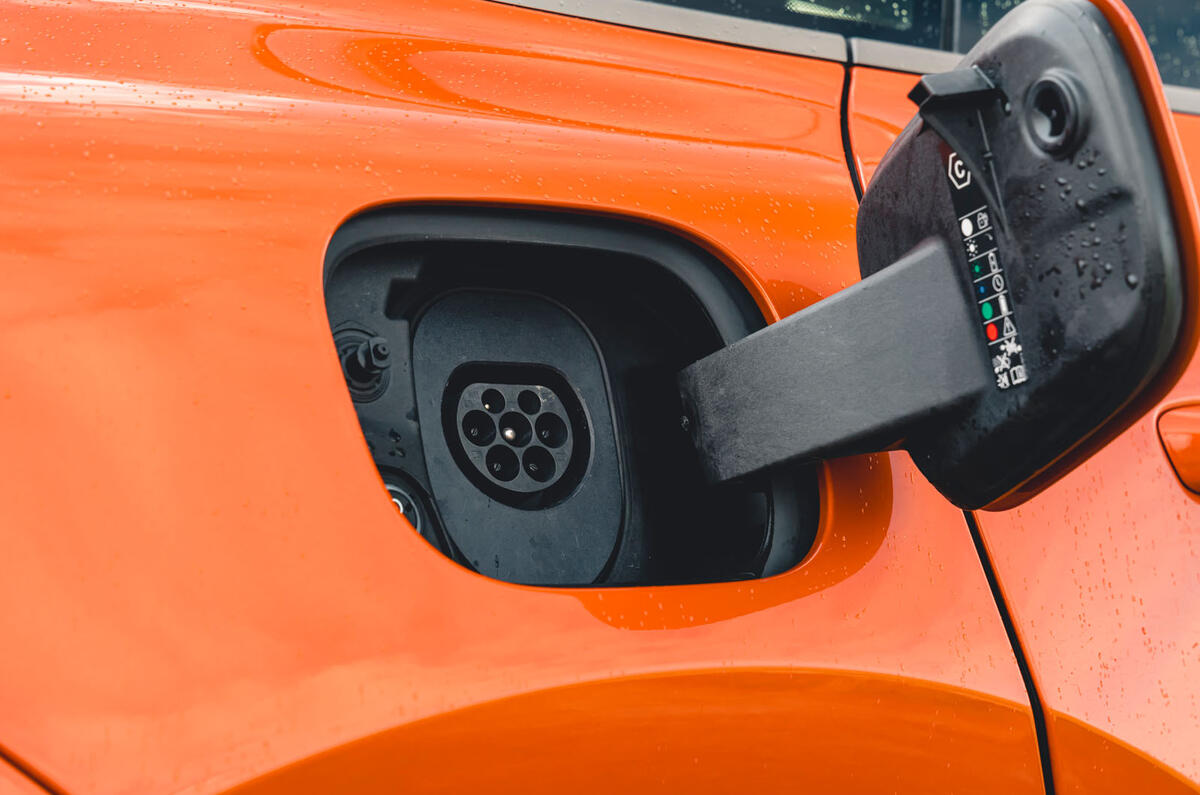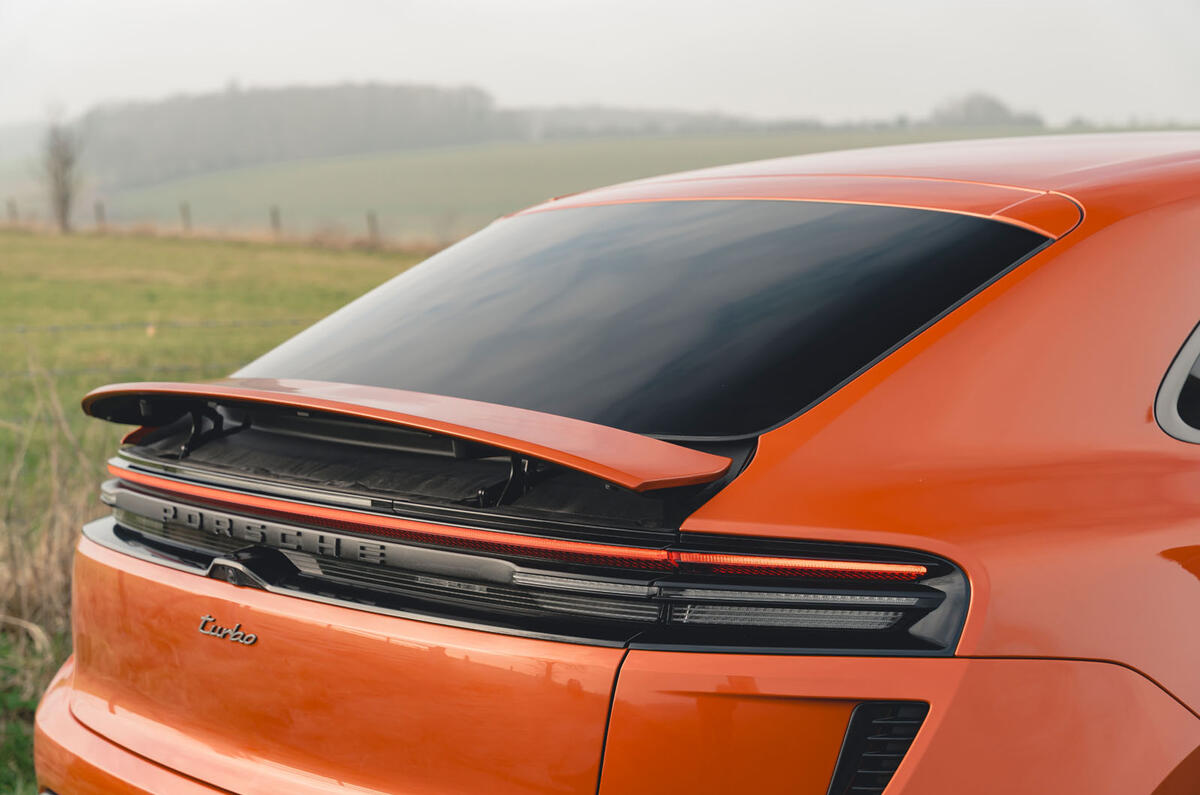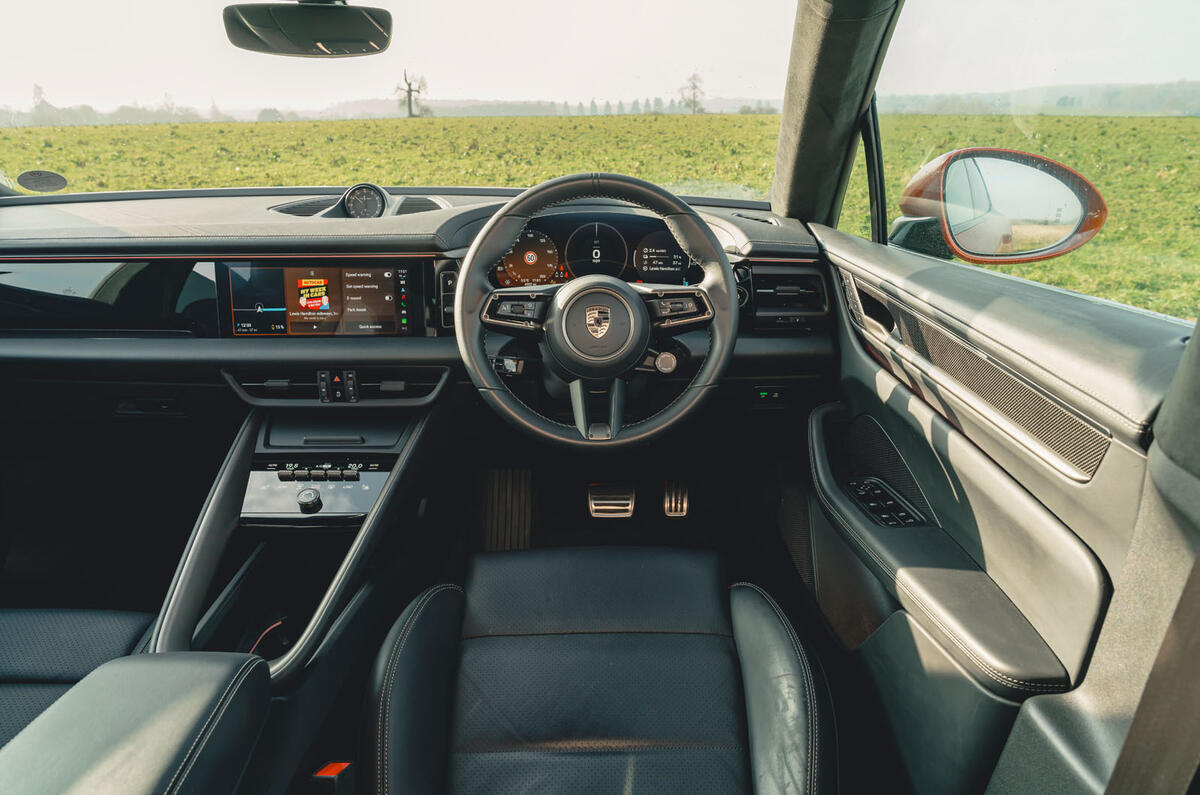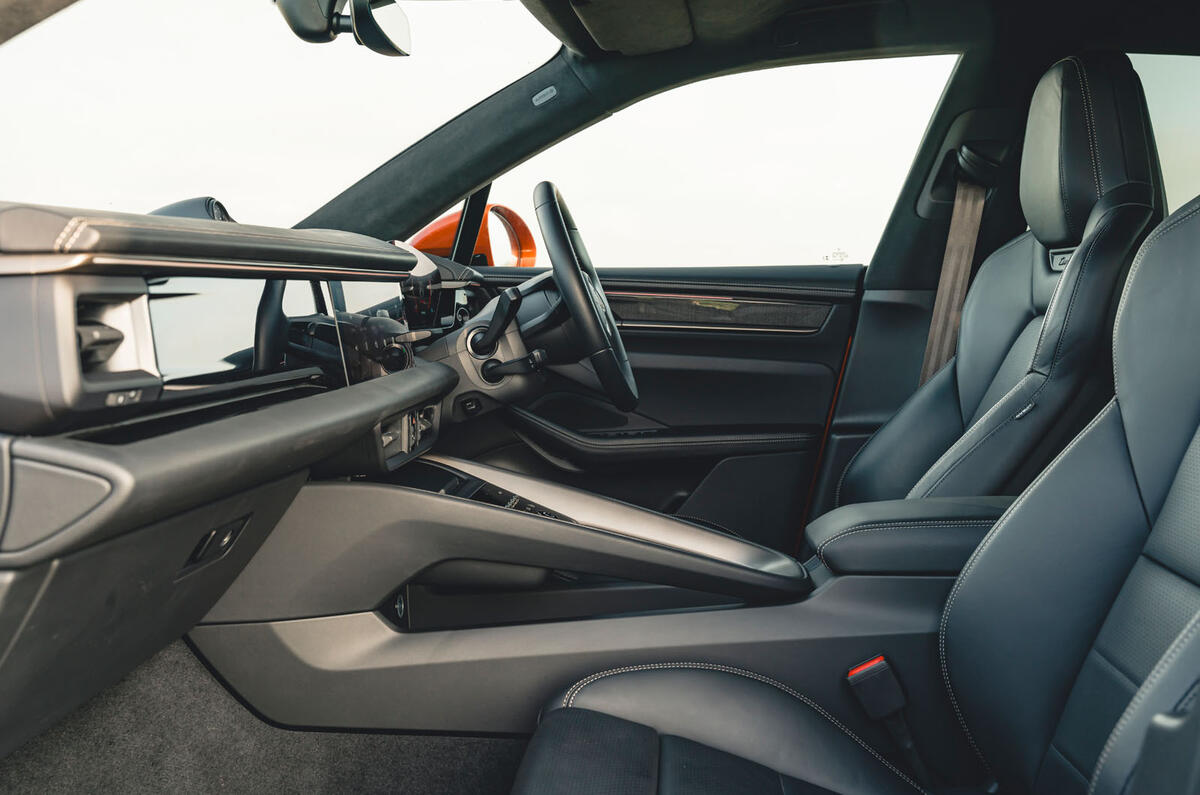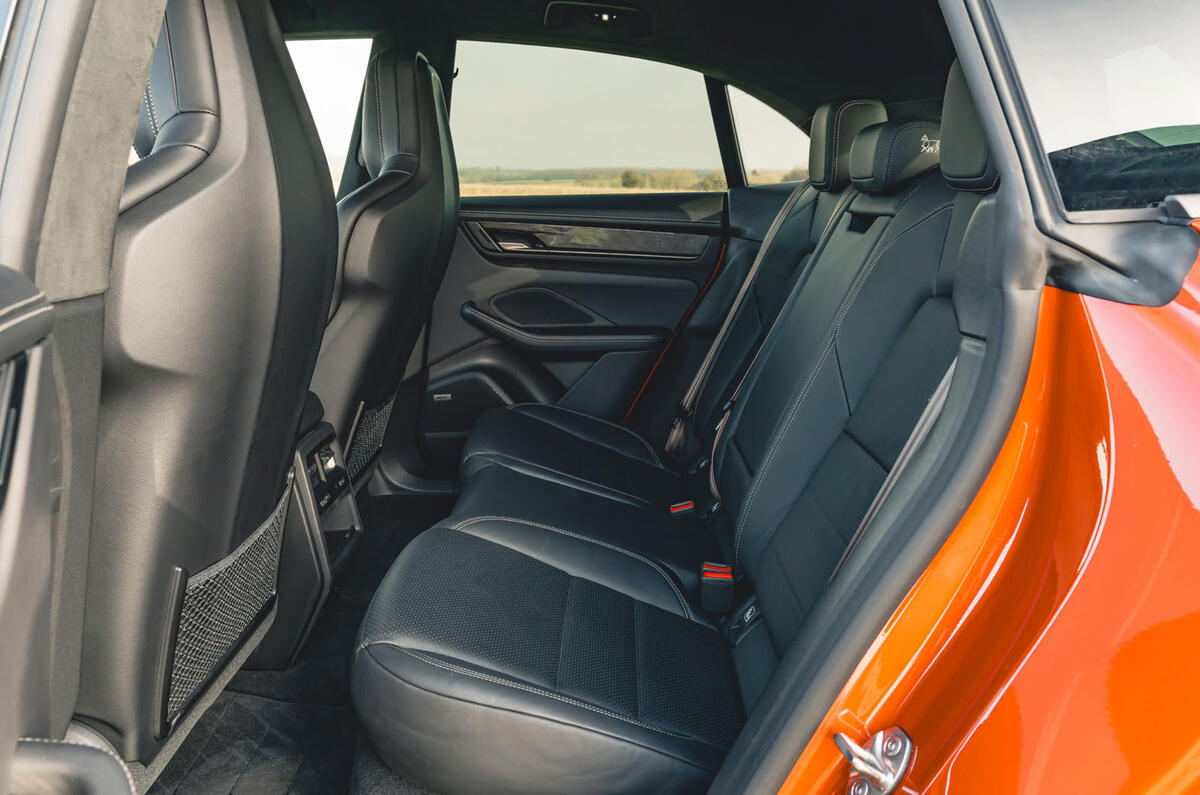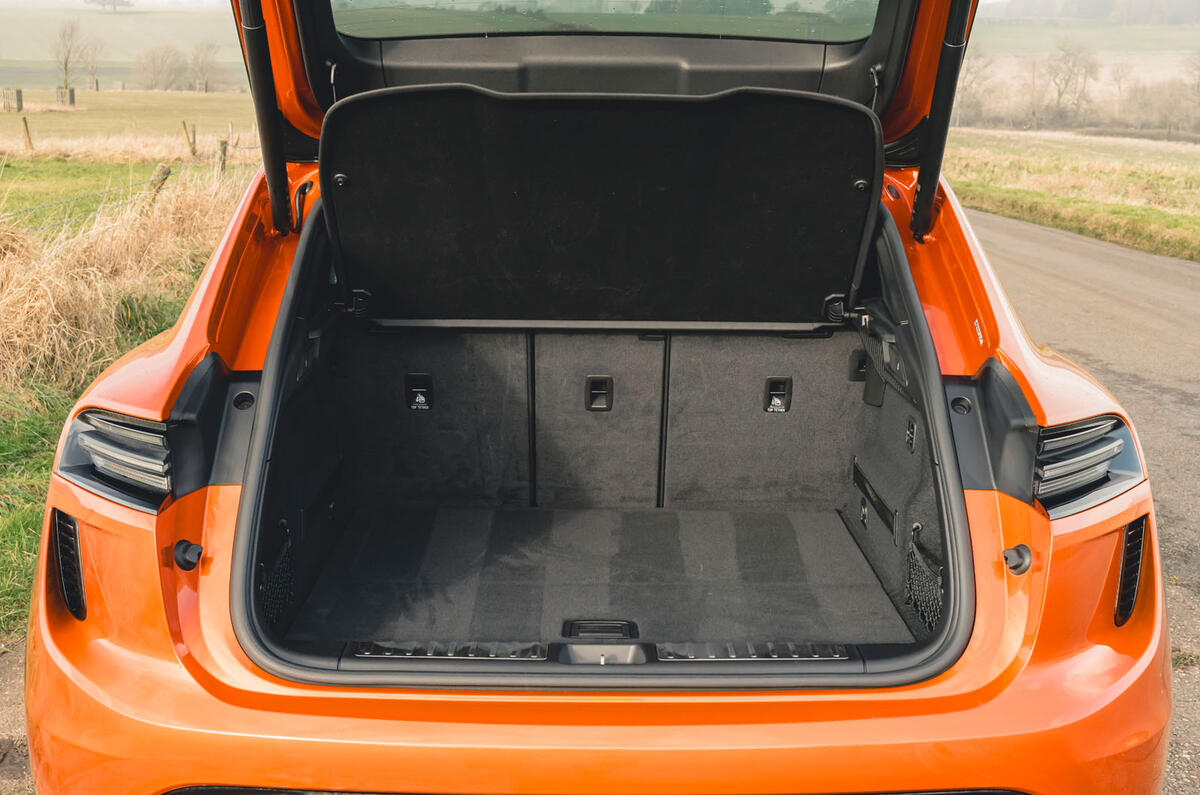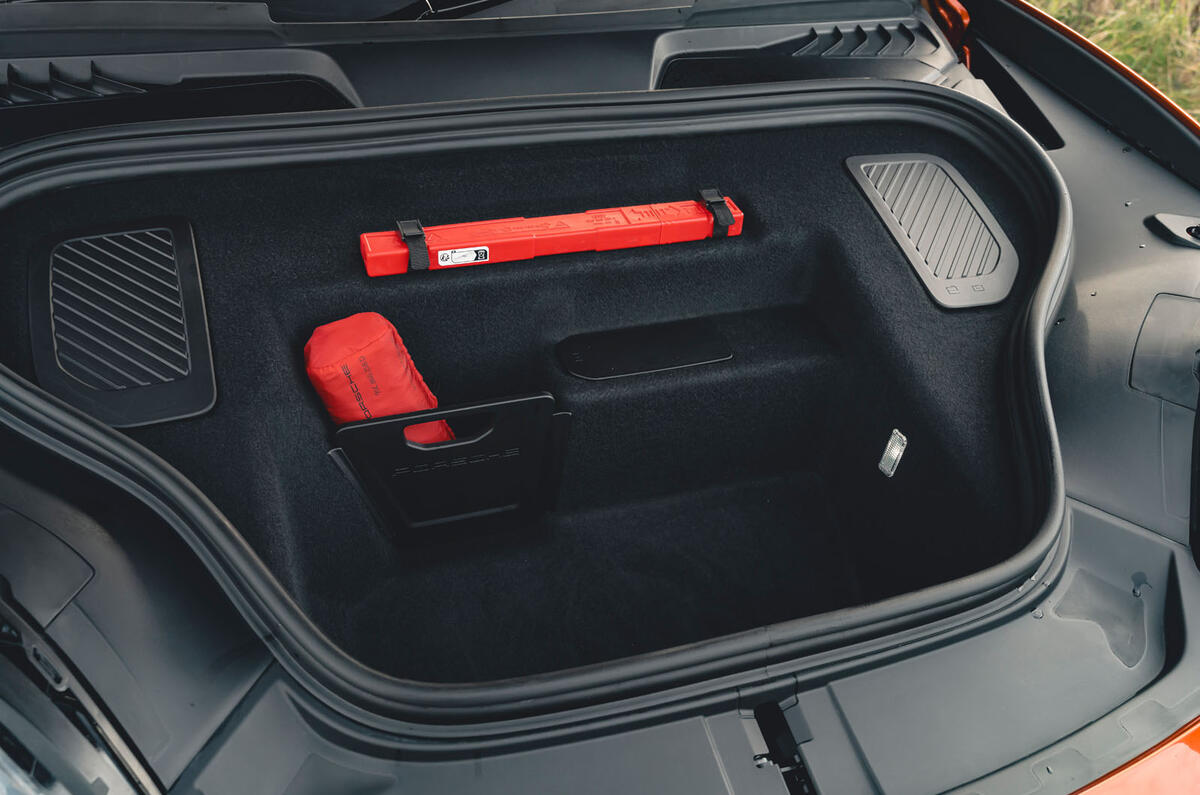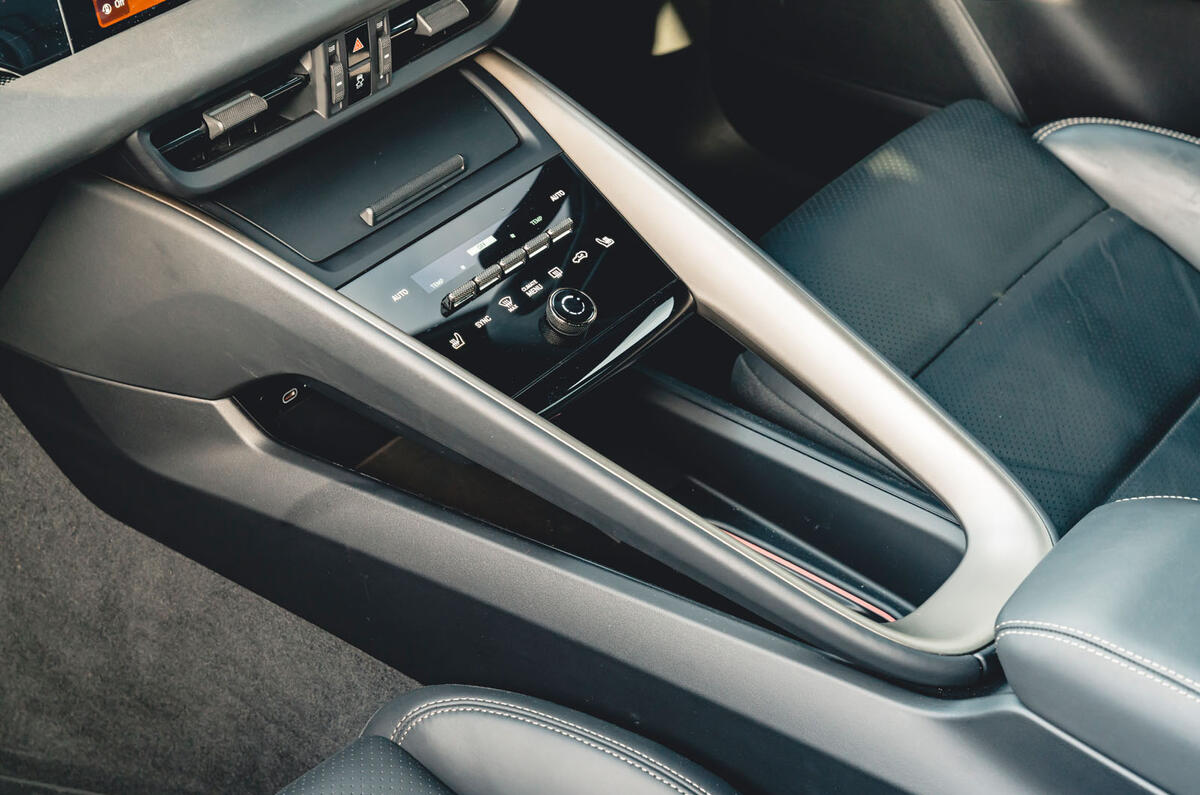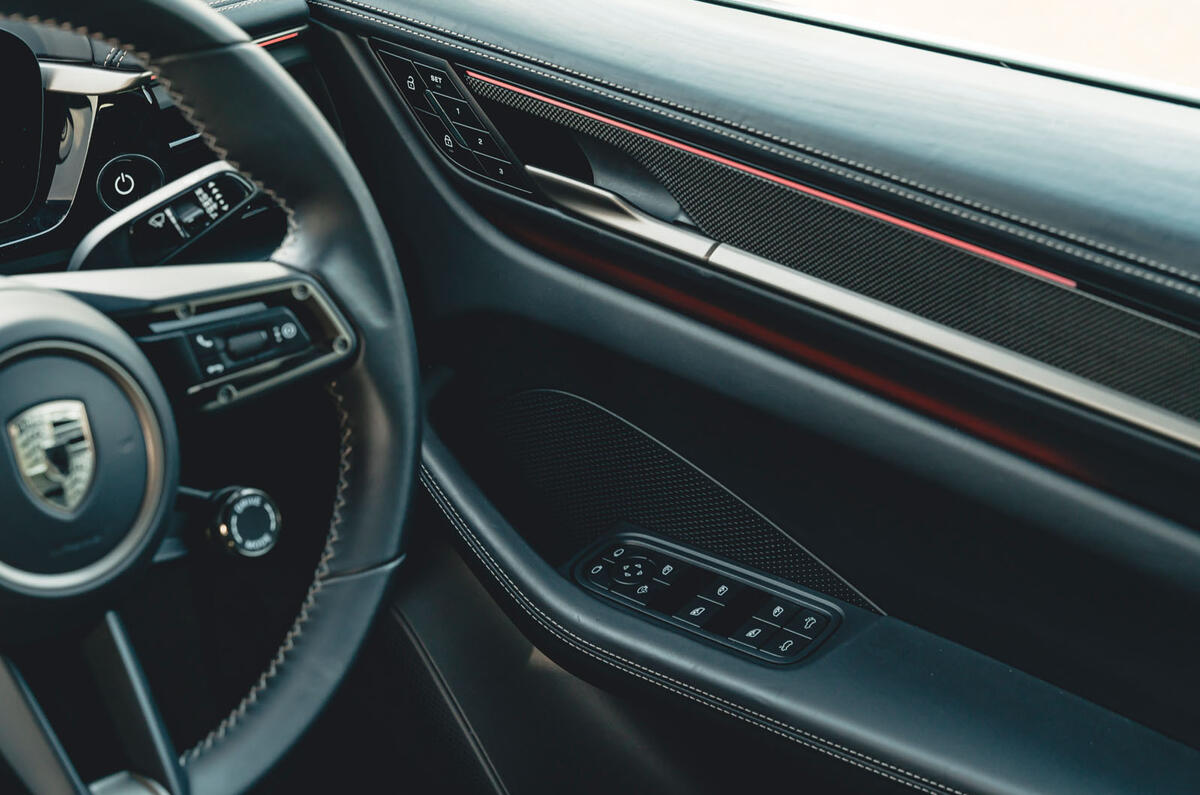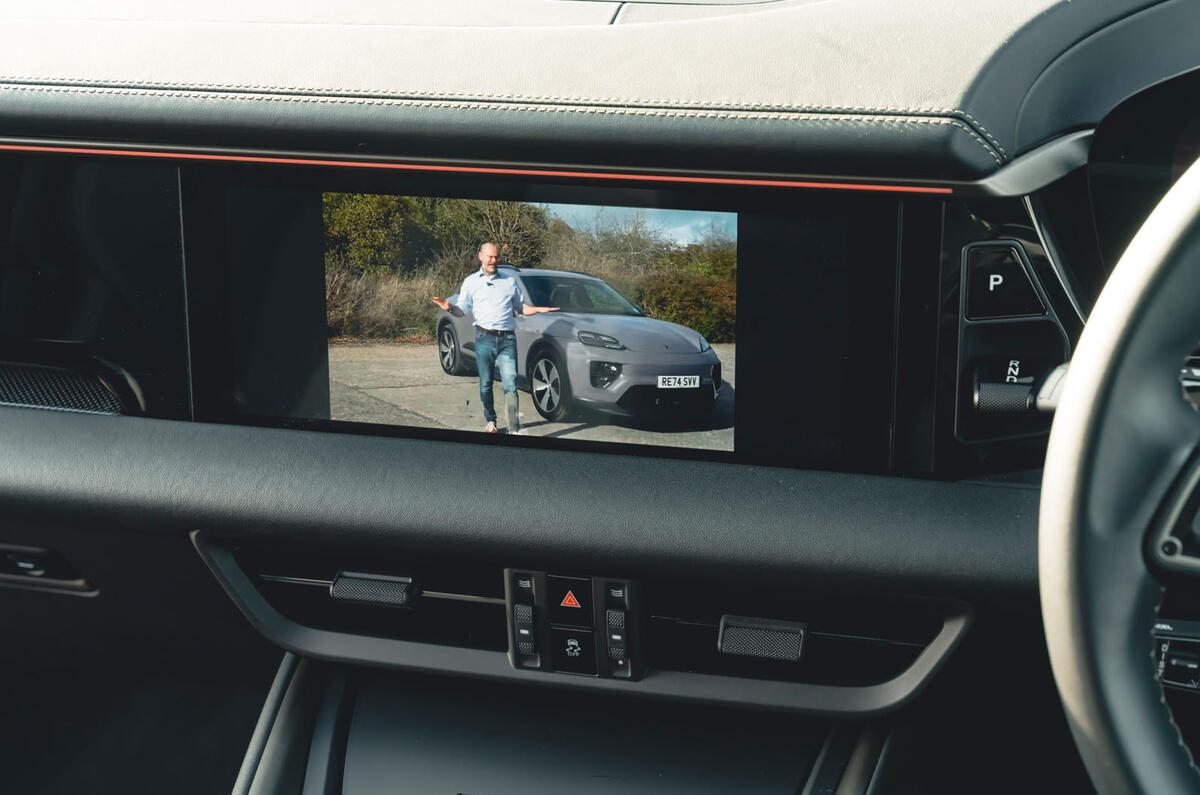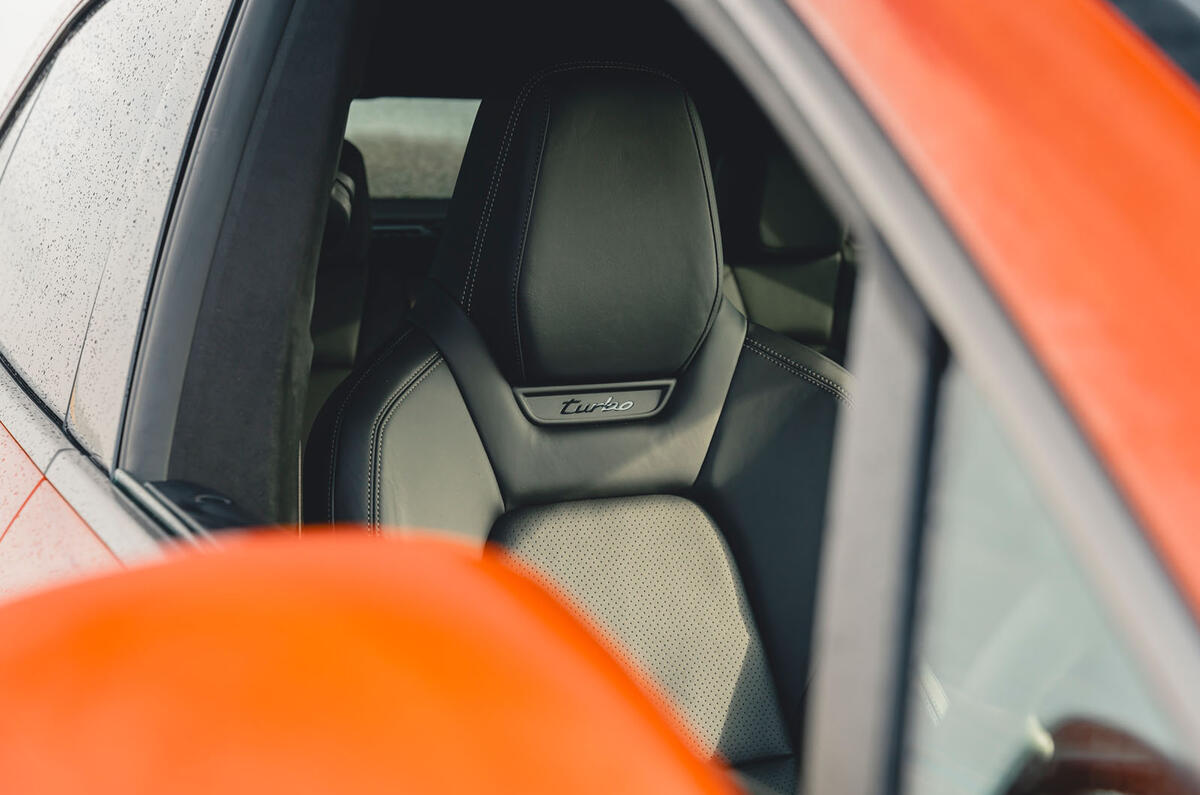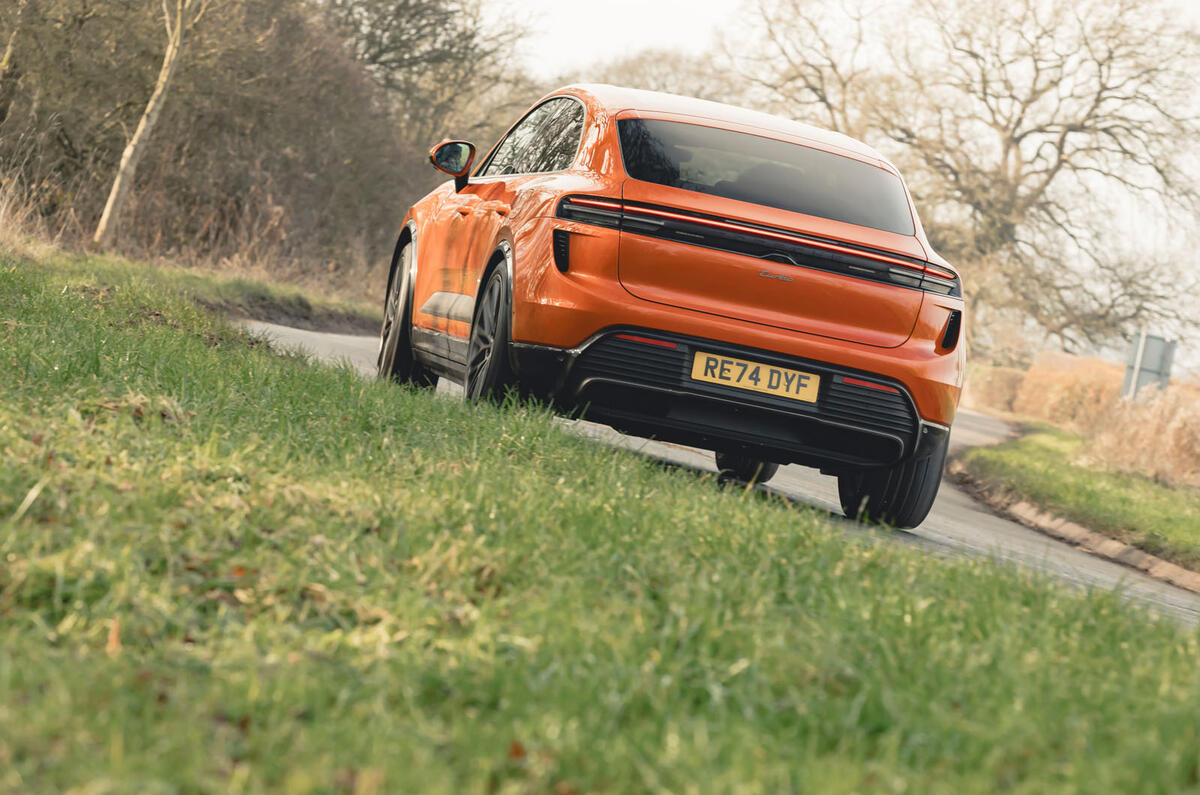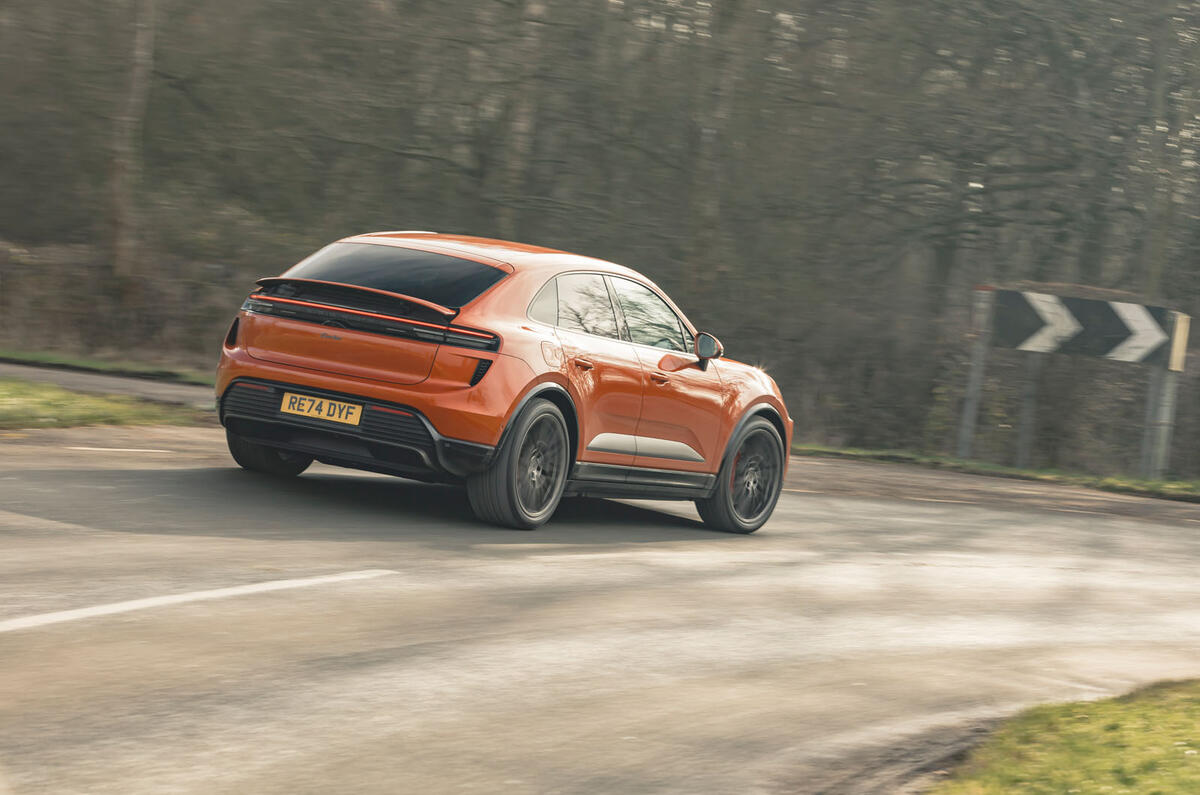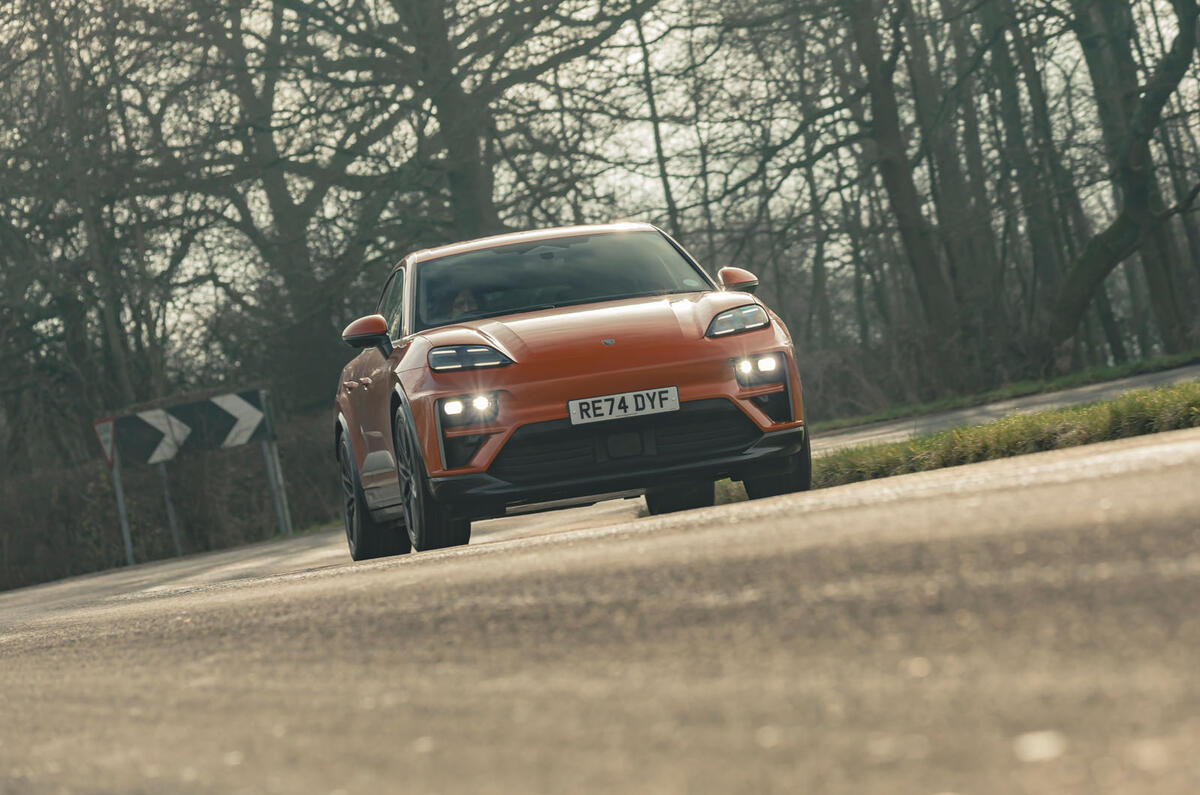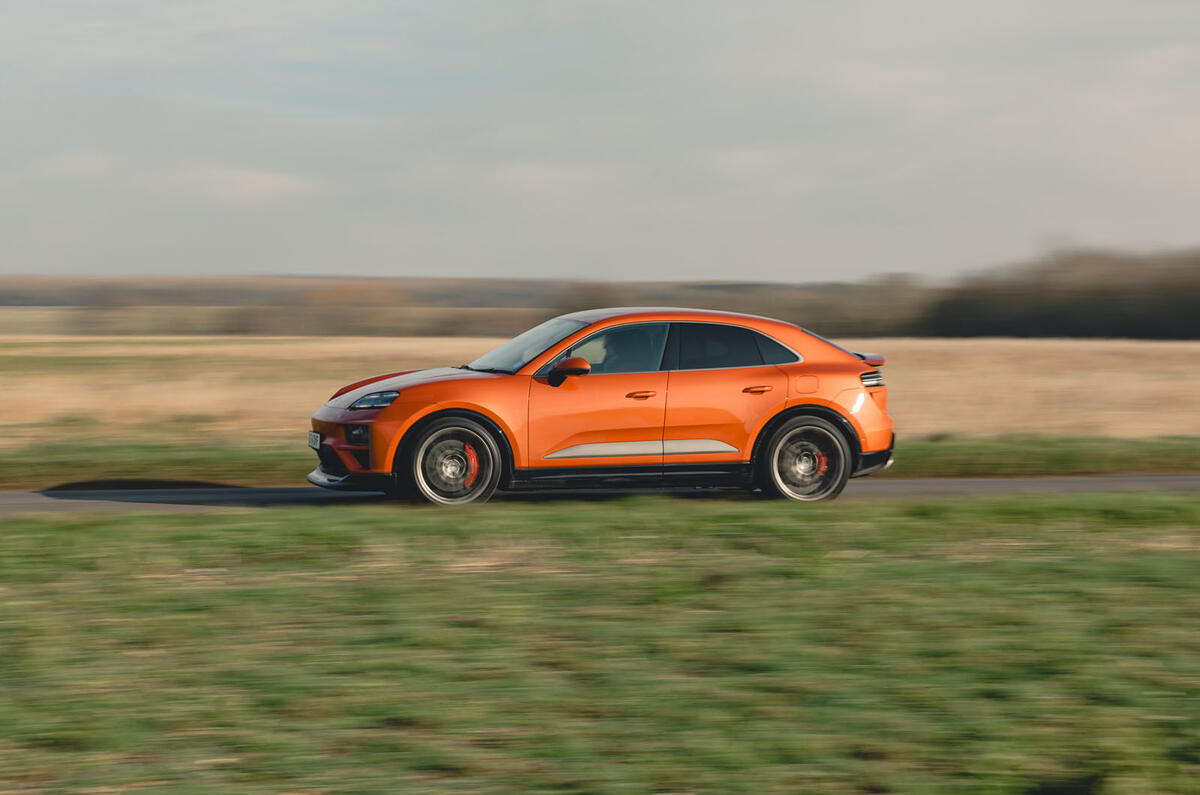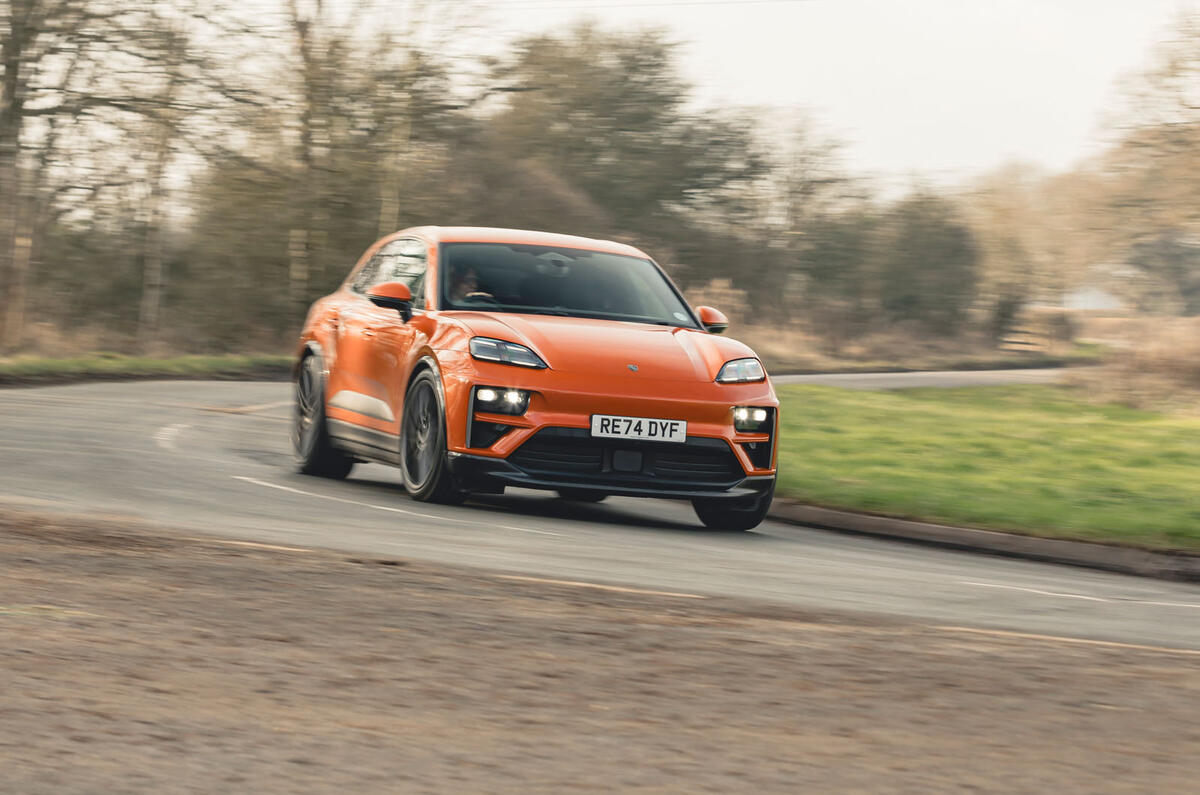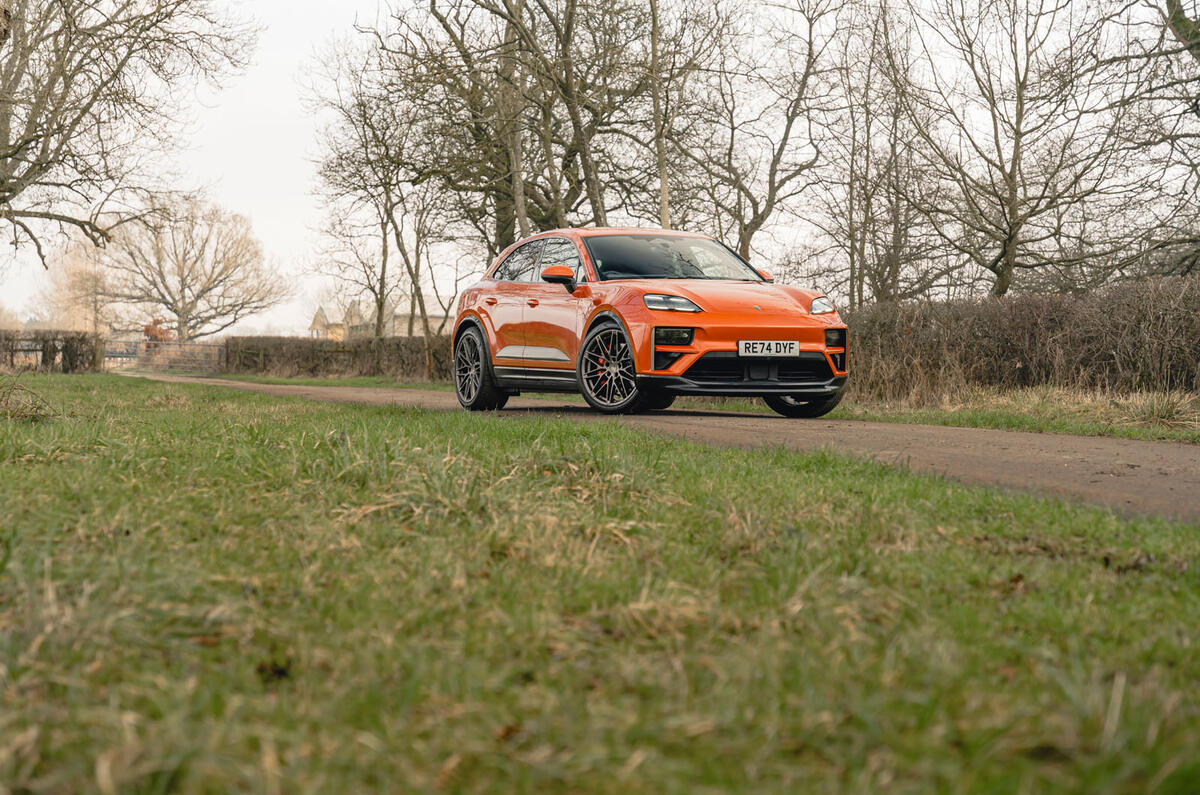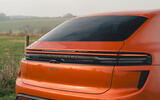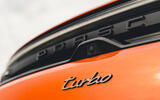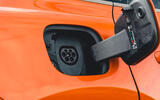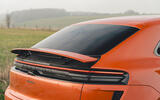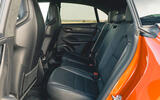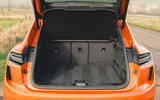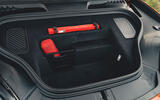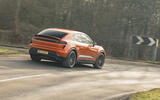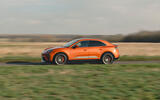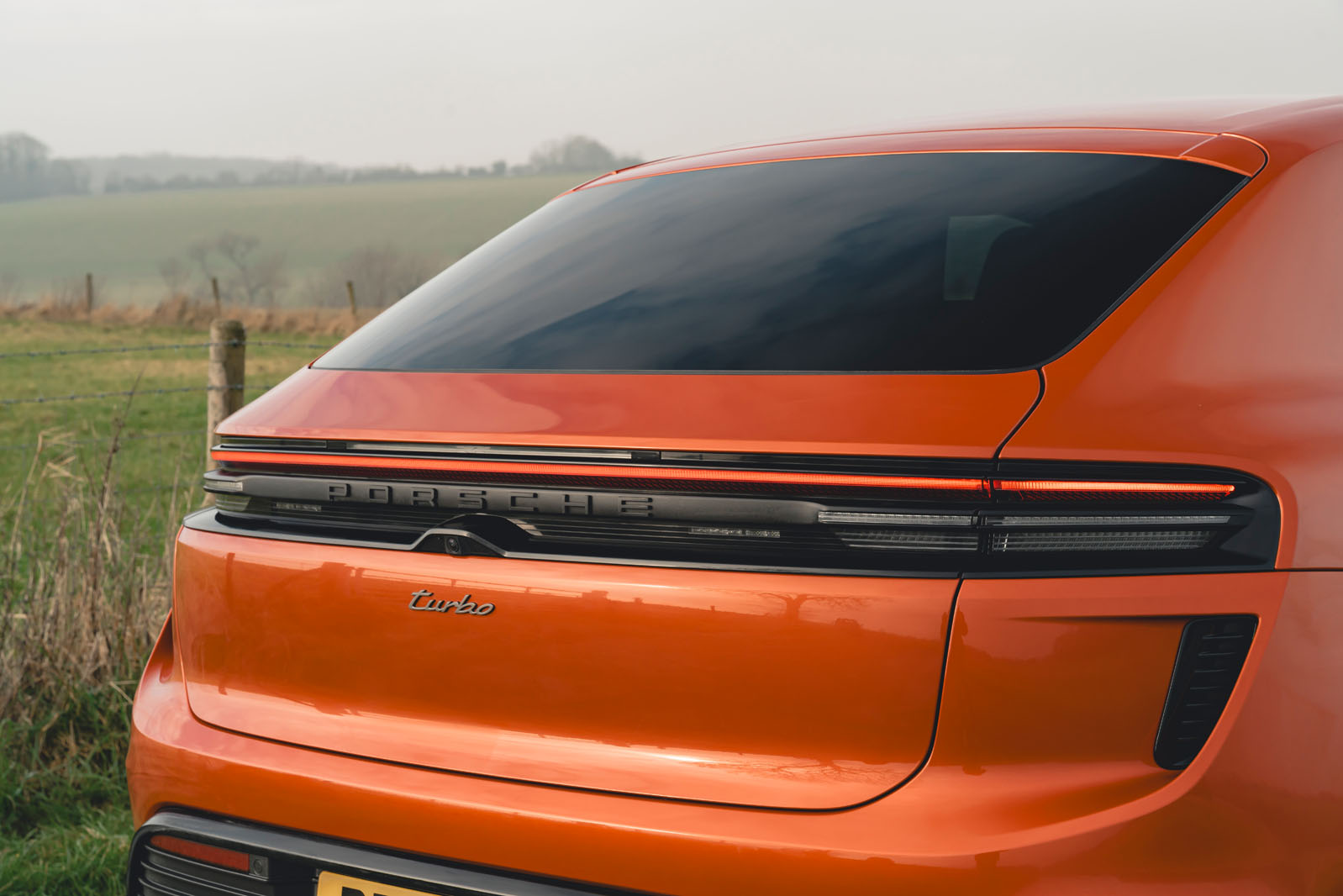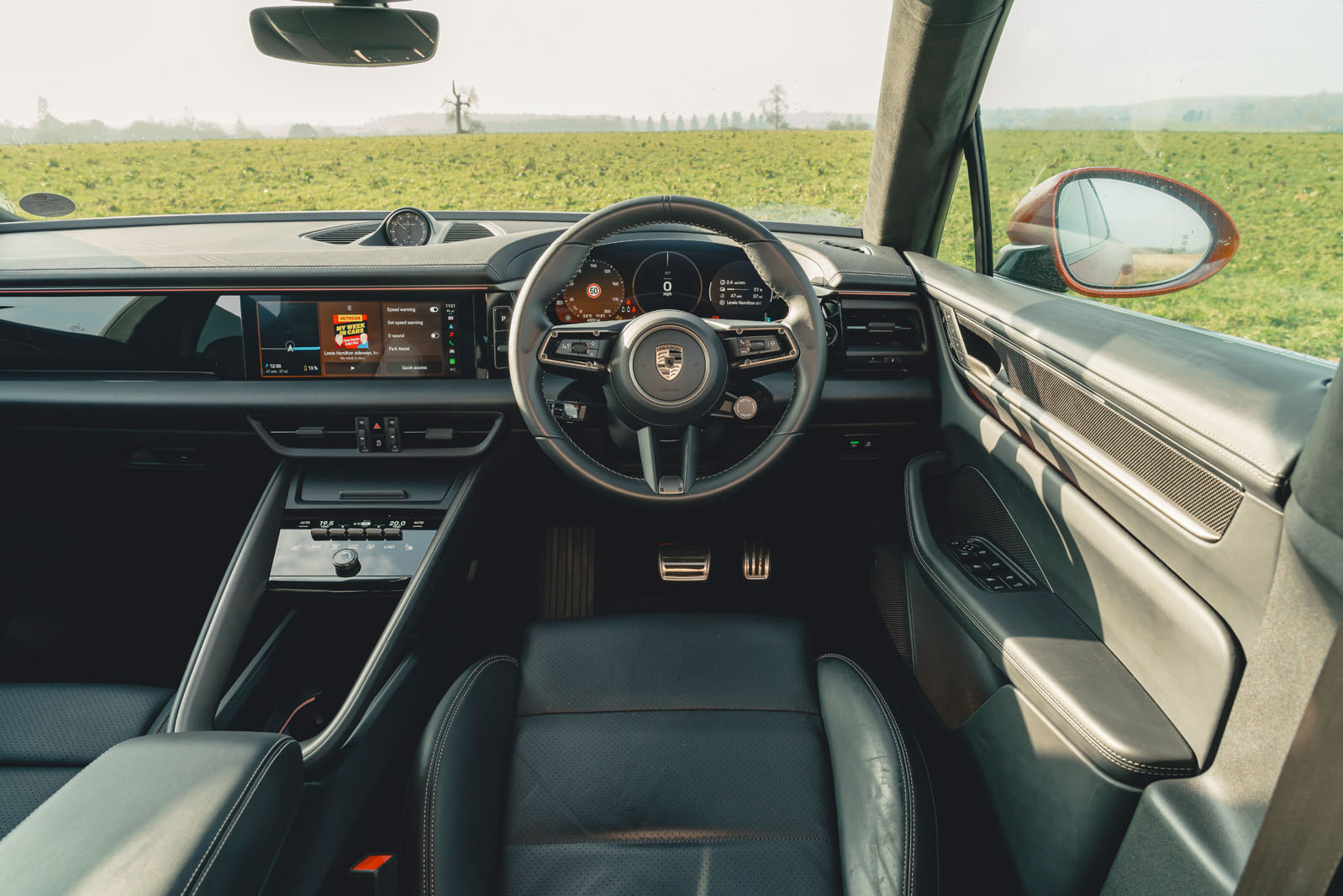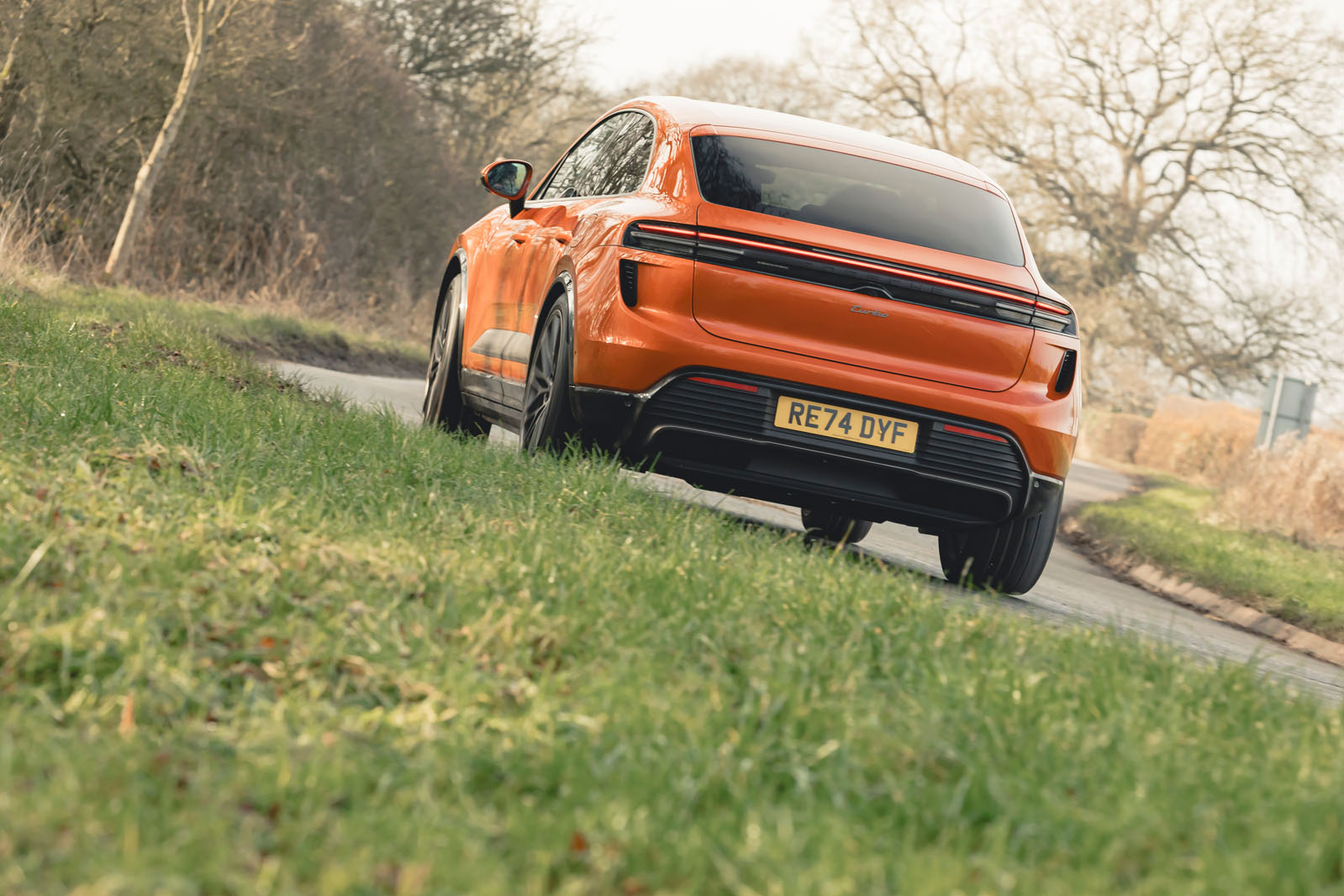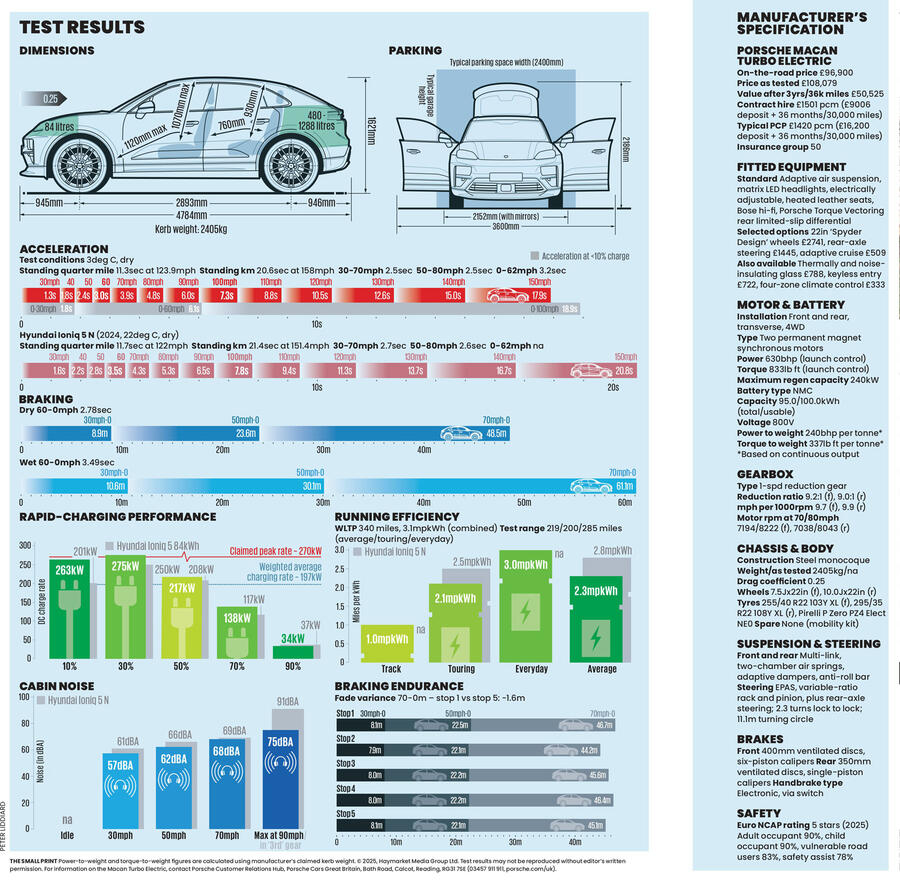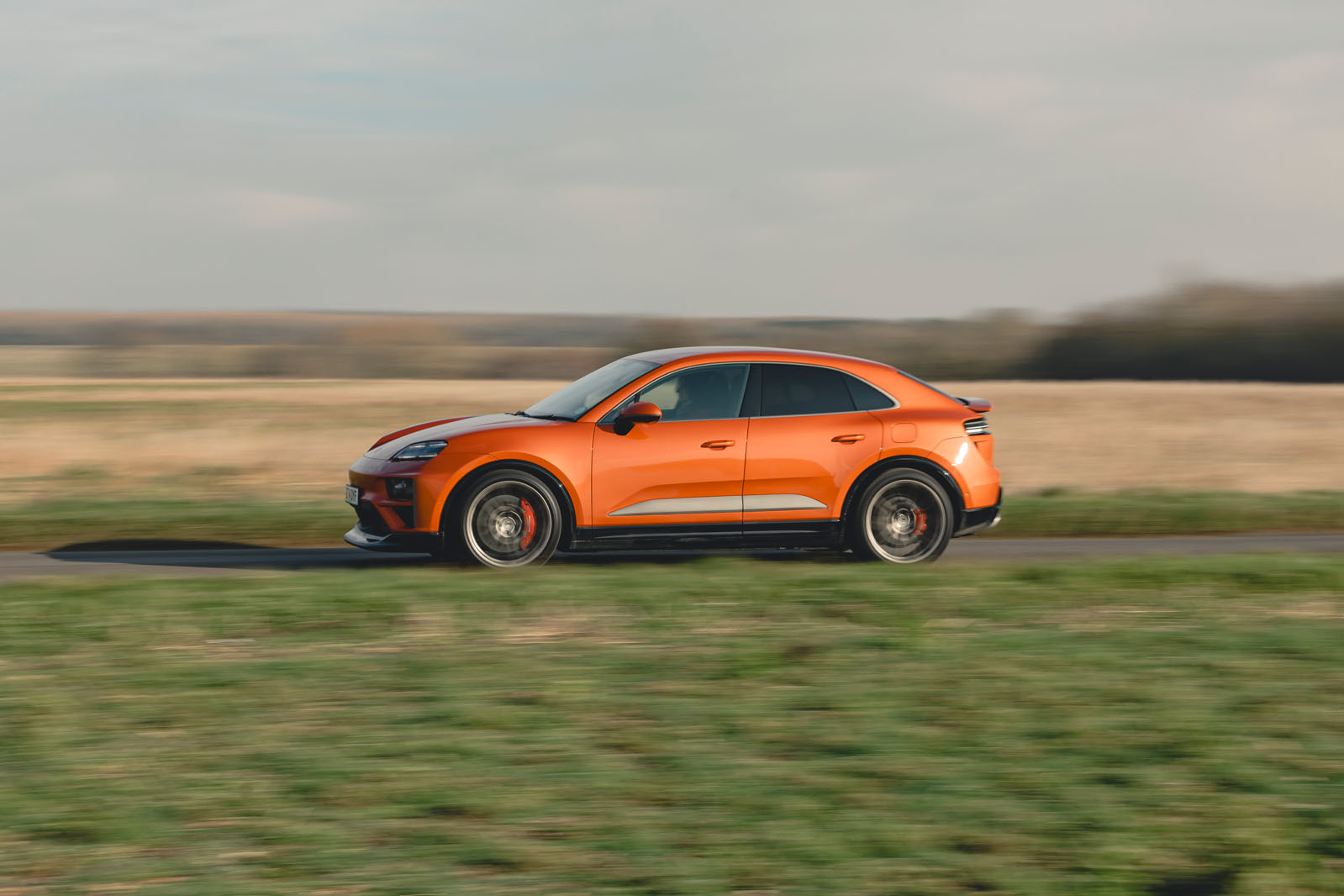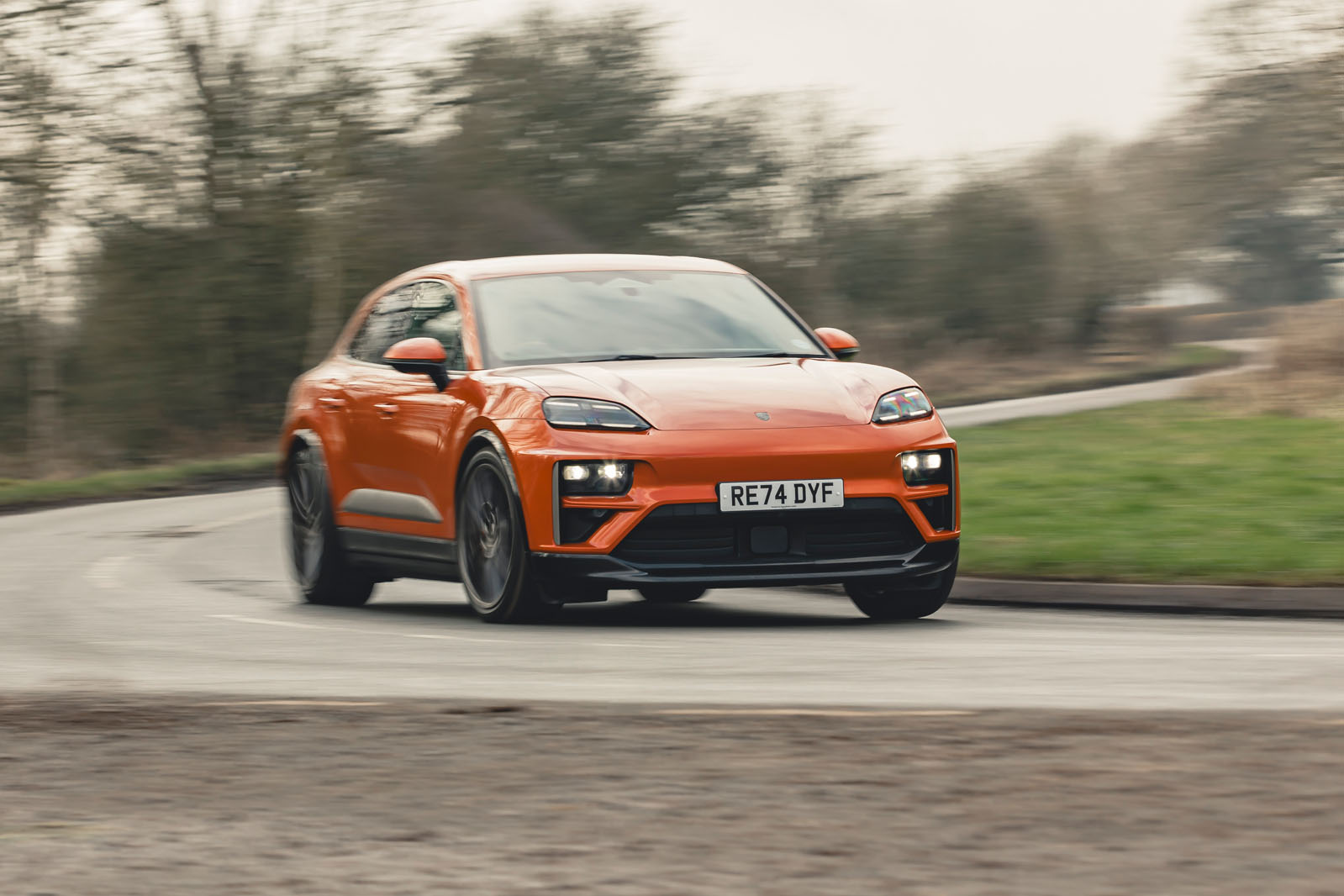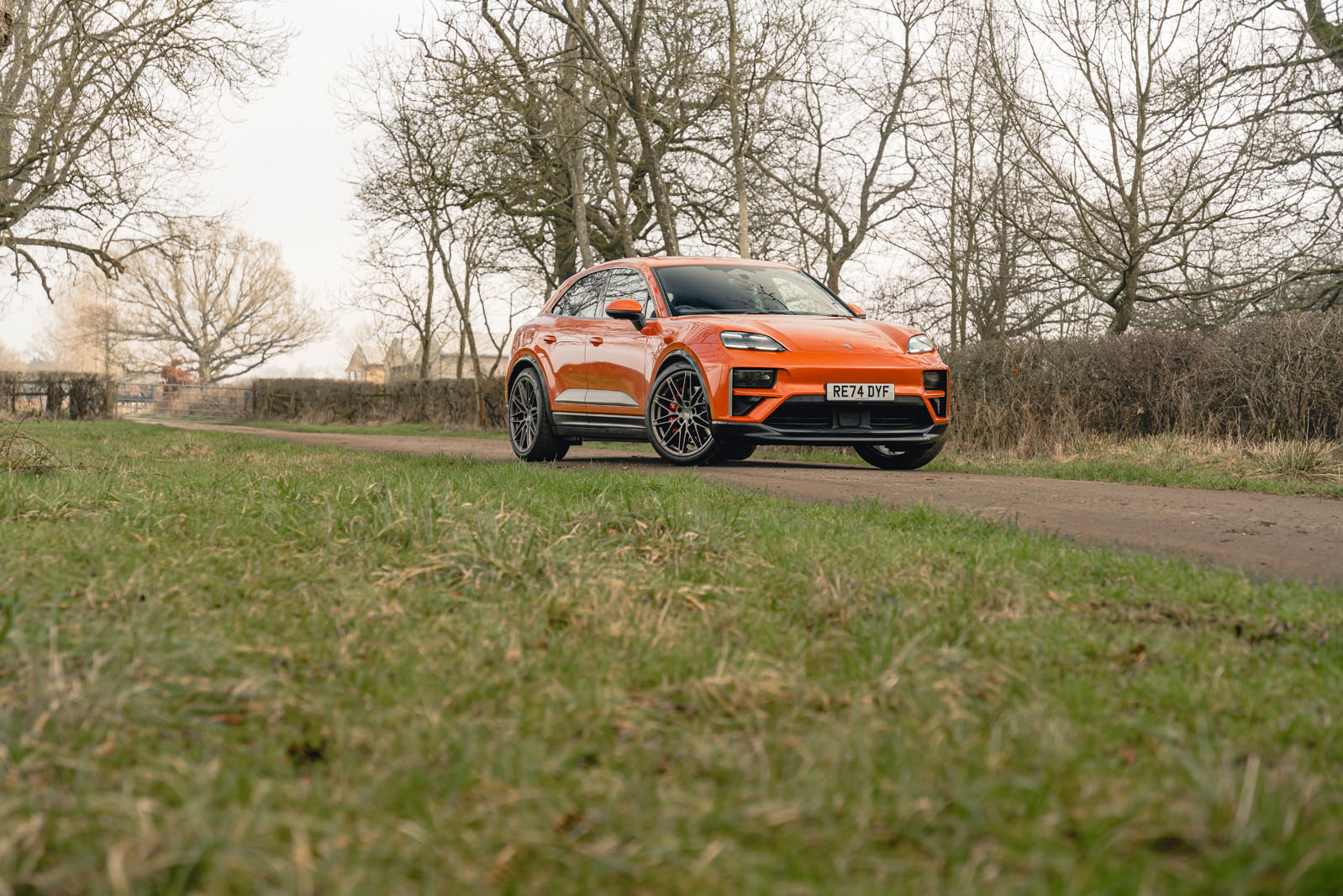Platform-sharing can make the interiors of different cars look and feel disappointingly similar – take the Volkswagen Group MEB models and the various Stellantis cars. This is clearly something Porsche and Audi have aimed to avoid. The eagle-eyed might spot that the Macan and Q6 share their column stalks, their pedals and their placement, and their sporting and multi-adjustable driving positions, but that’s about it.
Although the Macan has just as much overall screen acreage as the Q6, digital technology hasn’t likewise been put front and centre in quite the same way. The central infotainment touchscreen is neatly integrated into the dashboard rather than being perched on top. Lower down, there’s also a panel with some physical switches. The knurled rocker switches for the temperature and fan speed feel good, but when you press the buttons (such as for the heated seats), you move the entire gloss black plastic panel and leave fingerprints.
Overall perceived quality is a slightly mixed bag. The leather-covered surfaces (some of which are optional) and the switches for the windows, gear selector and those on the steering wheel feel appropriately high-quality. Some of the plastics in the centre console don’t live up to the £100,000-plus price that a Macan can easily reach, and the big expanse of gloss black plastic in front of the passenger (which can optionally be filled by an additional touchscreen) looks rather plain. As usual with a Porsche, there is enormous scope for personalisation, with lighter colours, wood trim, extended leather covering up some of the plain plastics and different types of seats and steering wheels all on the menu.
Also very Porsche-typical is that the ergonomics and usability are carefully considered. More buttons would naturally be a good thing, but the Macan strikes a pleasing balance, with up-to-date digital tech that works well, and plenty of physical controls for frequently used functions, including toggling various ADAS functions. Likewise, the driving position is excellent, with a very generous range of adjustment in the steering column and seat height.
The amount of space available in the Macan is slightly less than in the Audi Q6. There’s just as much leg room as in the Genesis GV60, a little less than in the Polestar 3, but rear passengers have no cause for complaint, with a comfortable seating position. Again, that’s assuming the buyer has ticked the right option boxes, since separate rear climate control and rear heated seats are not standard.
Boot space is class-typical, with an even shape and a good selection of hooks and levers. Porsche has done well to include a frunk that will swallow the charge cable and a small bag, and it can be opened via a button on the key, so you needn’t fumble for a physical release.
Multimedia
The bones of the Macan’s infotainment system are another thing shared with its Audi sibling. Just like the Q6’s system (and those used by Renault and Volvo), it runs on Android Automotive. You could never tell by looking at it, mind. This is a flexible architecture and, apart from a few minimal differences, the interface in the Macan looks and functions just like the Porsche-exclusive system in the Taycan.
It works quickly, there’s a permanent shortcut bar and Apple CarPlay and Android Auto are well integrated into the native system. The smartphone app is fairly full-featured and intuitive too. Our test car was fitted with the mid-spec Bose hi-fi system, which was outstanding, with unusually clear instrument separation.
The Google-based navigation is clear, well informed of traffic and lets you customise your route. It can plan a route via rapid chargers, but if this option is turned on, it won’t explicitly tell you it has added a charging stop and will sometimes use notoriously unreliable networks that an experienced EV driver would know to avoid.



